
Introduction
The Importance of Training Gear
Did you know that 65% of dog owners deal with leash pulling? That’s a lot of frustrated walks! Training your dog to walk nicely can be tough, but the right gear makes it so much easier. In this guide, we’ll show you the best dog collars and leashes for training. Whether your pup pulls, jumps, or just needs some manners, we’ve got you covered with tools that work. Let’s turn those stressful walks into fun adventures for you and your furry friend!
Market Trends in Pet Gear
The pet gear market is booming because people love treating their dogs to the best stuff. Check out this table showing how much it’s growing:
| Year | Market Size (USD billion) | Growth Rate (CAGR) | Source |
|---|---|---|---|
| 2023 | 5.47 | 8.2% (2023-2030) | Persistence Market Research |
| 2030 | 9.51 | – | Persistence Market Research |
Why Specialized Gear Matters for Dog Training
The Challenges of Regular Gear
Regular collars and leashes might look okay, but they’re not always the best for training. A basic collar can slip off if your dog pulls too hard, and a thin leash might hurt your hands. For the 65% of owners fighting leash pulling, this is a big deal. Regular gear doesn’t give you enough control, so your dog might keep jumping or tugging. That’s why you need something better!
Benefits of Specialized Training Tools
Specialized gear, like martingale collars or no-pull harnesses, changes the game. Pet expert Dr. Jane Simmons says, “Using the right gear is like having an extra helper during training—it makes everything go more smoothly.” These tools stop pulling and help you steer your dog easily. They’re perfect for teaching commands or fixing bad habits, making walks way more fun.
Why It’s a Necessity
With so many dogs pulling on walks, specialized gear is a must-have, not just a bonus. It works even better when you use treats or praise. Our guide to picking a leash explains how different materials help with control. Good gear doesn’t just solve problems—it helps you and your dog get closer. At Bestone, we design tools to make training simple and safe.
Types of Dog Collars for Training
Flat Buckle Collars
Flat buckle collars are super common and easy to use. They’re comfy for dogs that don’t pull much and perfect for holding ID tags. But if your dog tugs a lot, they might not be strong enough for training.
Martingale Collars
Martingale collars are awesome for dogs that slip out of regular collars. They tighten a bit when your dog pulls, keeping them safe without choking. Trainers love them for gentle corrections, and use them with treats.
Head Halters
Head halters are great for strong pullers. They go over your dog’s muzzle, letting you guide their head—and where the head goes, the body follows! Make sure they fit right so your pup stays happy.
E-Collars
E-collars use vibrations or small shocks for advanced training, like recall (coming when called). They’re tricky, though—not everyone likes them. Read our post on why vets avoid shock collars for the full scoop. If you try one, talk to a pro trainer first.
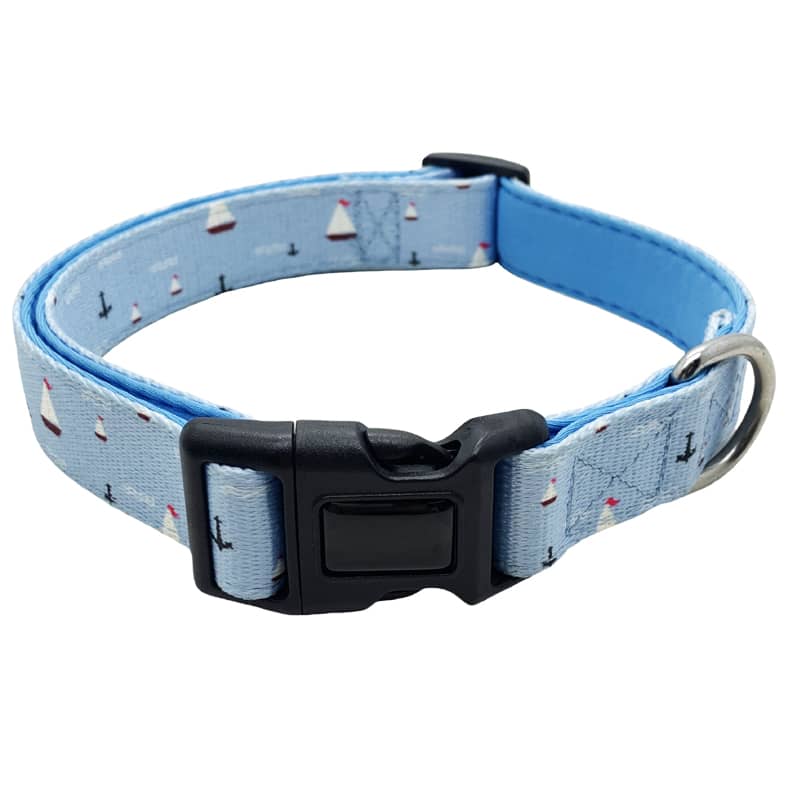
Quick Release Collar – Easy on, easy off for daily use
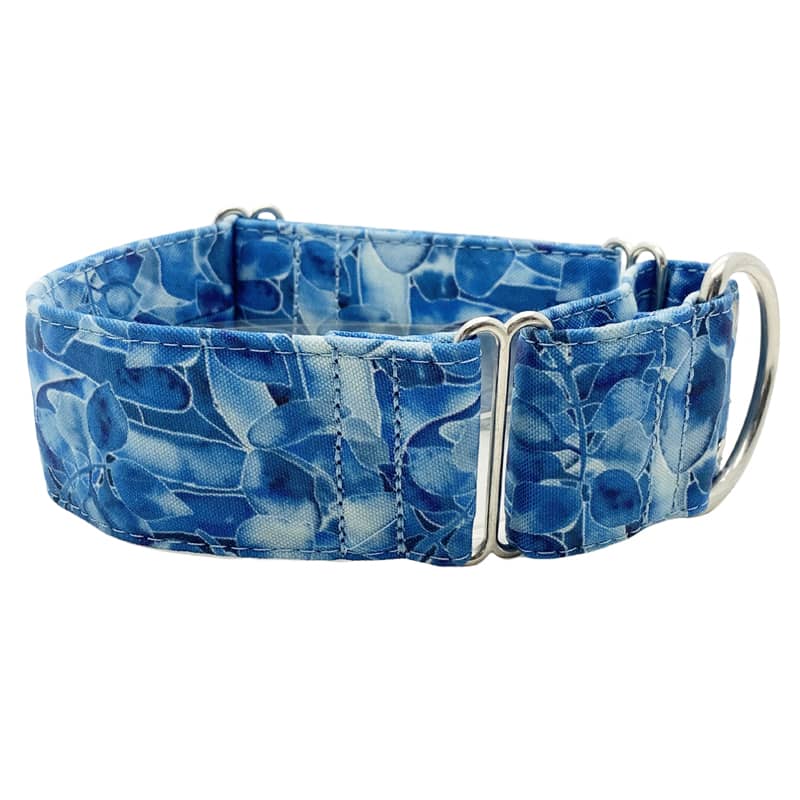
Martingale Collar – Stops escapes with gentle control
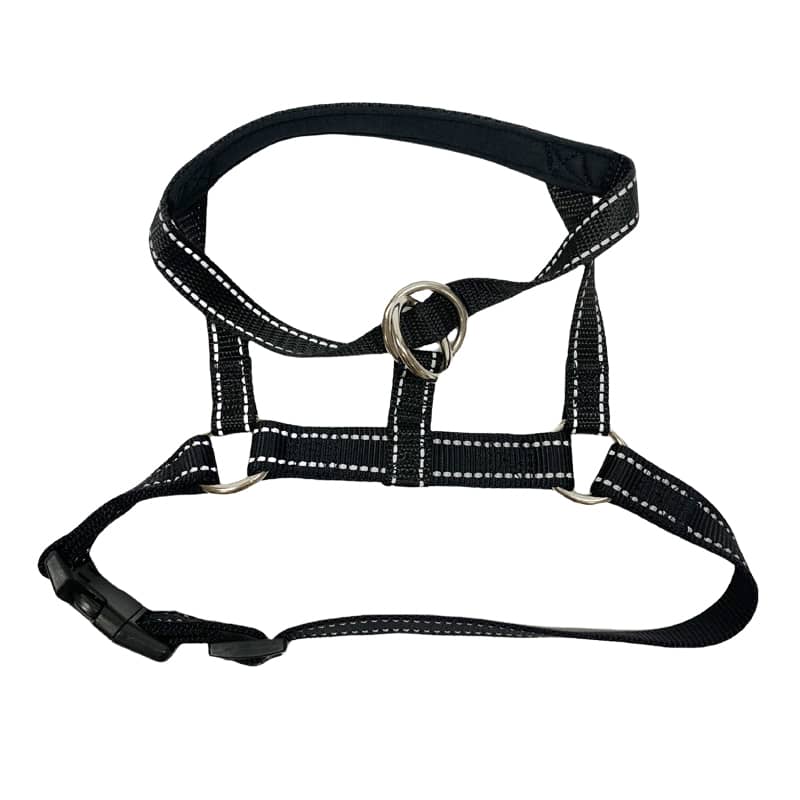
Head Collar – Tames pullers with easy steering
These collars from Bestone mix safety and style for awesome training results.
Leashes for Effective Training
Choosing the Right Length
Leash length is super important for training. A 6-foot leash is perfect for control in busy areas like parks or streets. It keeps your dog close, which is great for teaching commands like “heel” or “sit.” For more advanced training, like recall (coming when called), a longer leash—10 to 30 feet—gives your dog room to explore while staying safe.
Materials That Make a Difference
Leashes come in different materials, and each has its perks. Nylon is strong, cheap, and easy to clean—perfect for everyday use. Leather looks fancy and lasts a long time but needs a little extra care to stay nice. Both are great for training, but nylon is lighter and better for smaller dogs. Learn more about the best materials in our leash materials guide. At Bestone, we offer both options to fit your style and budget.
Special Features for Better Control
Some leashes have cool features that make training easier. Double-handle leashes, for example, have an extra grip near the collar for quick control—perfect for stopping sudden pulls. Reflective stitching is another must-have for night walks, keeping you and your dog visible. Pet trainer Sarah Lee says, “A double-handle leash is like having a safety net—it’s a game-changer for reactive dogs.”
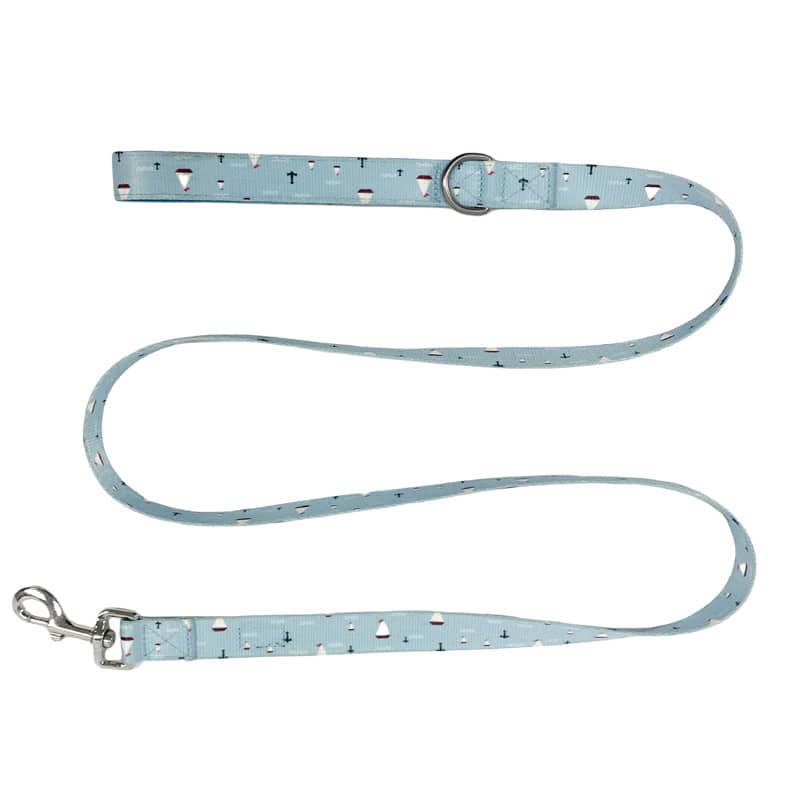
Standard Leash – Perfect for daily walks and basic training
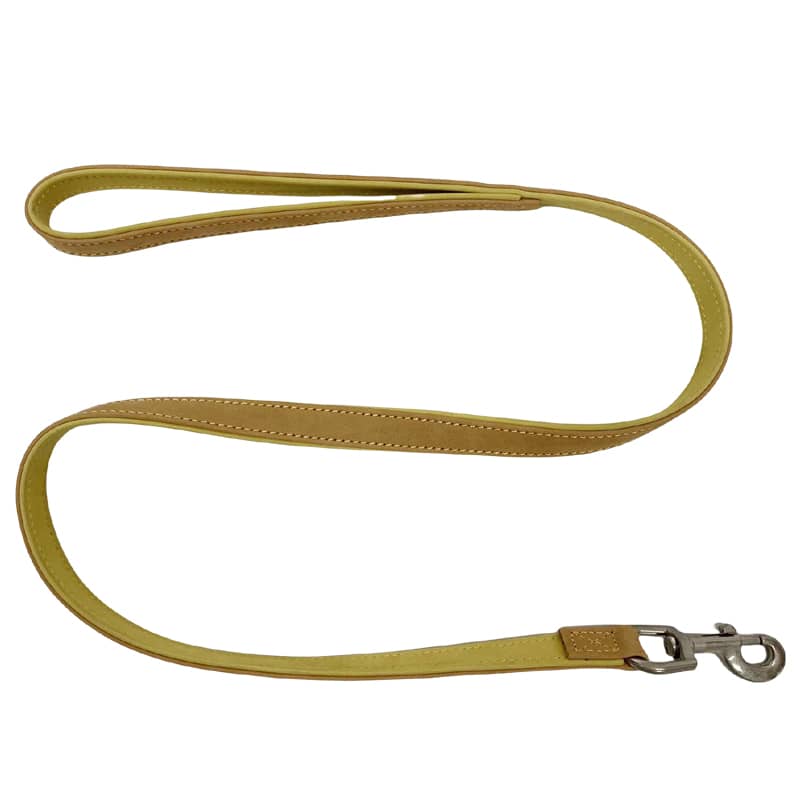
Leather Leash – Durable and stylish for long-term use
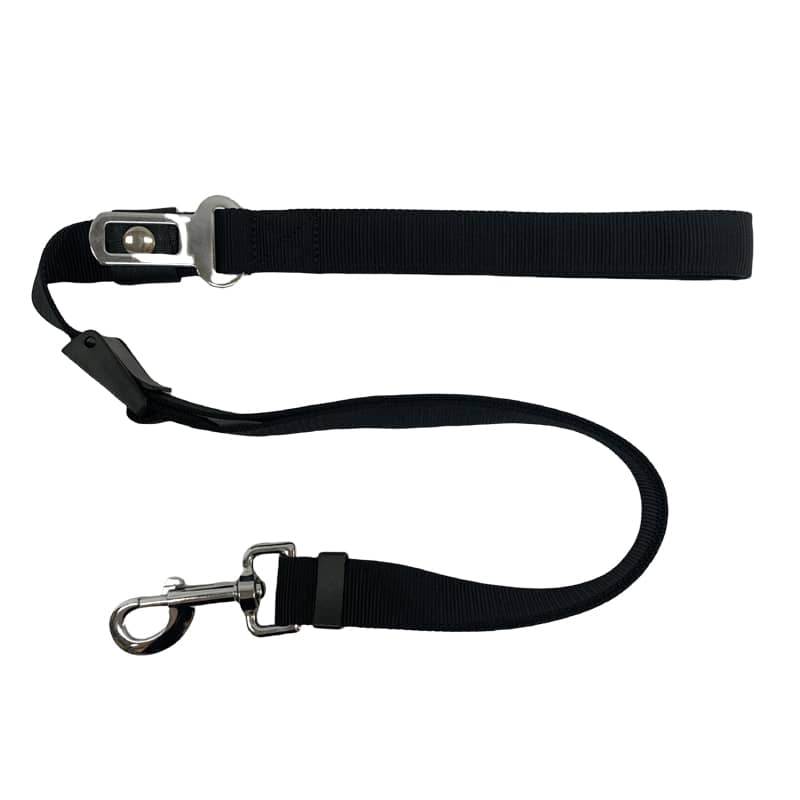
Seat Belt Safety Leash – Keeps your dog secure in the car
Key Features to Look For
Adjustability for a Perfect Fit
When picking out a collar or leash, adjustability is a top priority. Dogs grow or change weight, so gear that adapts ensures a secure fit over time. Collars with multiple holes or sliders let you tweak the size easily, while adjustable leashes offer flexibility for training or casual walks.
Comfort for Long Sessions
Training can last a while, so comfort is essential for both you and your dog. Look for padded collars to avoid irritation on your dog’s neck and leashes with soft handles to save your hands. Materials like neoprene or fleece provide that extra coziness.
Durability for Daily Use
Your gear needs to stand up to tough wear. High-quality materials like nylon, leather, or biothane resist fraying and breaking, even with daily use. Opt for metal buckles and D-rings over plastic for extra strength.
Safety Features for Peace of Mind
Safety is non-negotiable. Quick-release buckles allow fast removal in emergencies, and reflective stitching boosts visibility on evening walks. For leashes, a strong clip prevents unexpected detachment.
Commonly Asked Questions
How Do I Stop My Dog from Pulling?
Curb pulling with a no-pull harness or head halter, plus consistent rewards for walking calmly.
What’s the Difference Between a Training Collar and a Regular Collar?
Training collars (e.g., martingales) correct behavior, while regular collars hold tags.
Can I Use a Harness Instead of a Collar?
Absolutely! Harnesses spread pressure across the chest, making them ideal for pullers or dogs with delicate necks.
Conclusion
The right collar and leash make training a breeze, turning chaotic walks into bonding time. Focus on comfort, safety, and fit with gear like martingale collars or double-handle leashes. Your dog will thank you with better behavior and wagging tails.
Looking for sourcing insights and industry trends? Visit our contact page for practical tips tailored to pet product businesses.


